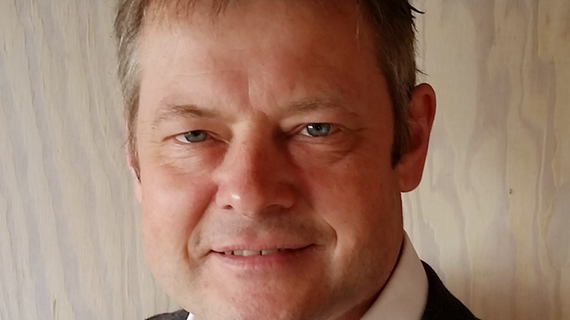Lars Bjørndal
Understanding caries process to achieve the best treatment option for deep lesions

- Graduated in 1988 as a dentist from the University of Copenhagen, Denmark
- In 1992: Ph.D. thesis on the topic: Caries progression in enamel and the pulp-dentin organ using thin
undemineralized tooth sections - In 2011: Dr. Odont. Thesis entitled: Endodontic treatment: reason, prevention and quality – shaping factors. From 1993-1998: Assistant professor at the Department of Cariology and Endodontics, University of Copenhagen
- 1999-2001: Received specific postgraduate endodontic specialist courses in collaboration with the universities in Copenhagen, Denmark, Malmö and Gothenburg, Sweden
- From 1998: Associate professor at the University of Copenhagen, Denmark, and Head of Endodontic
- In 2012 LB was visiting Scholar at Loma Linda University, US. From 2012: Head of the Special Clinical Unit receiving referrals at the Institute of Odontology, University of Copenhagen, Denmark. One day weekly LB is in in private practice devoted endodontic referrals. LB has been Secretary in the Scandinavian Endodontic Society (SES) from 1999-2001
- In 2007 and 2016 LB hosted the SES biennial congress in Denmark
- He is second time President of the Danish National Endodontic Society (2014-), and country representative for the European Society of Endodontology (ESE), as well as a certified member of ESE
- Besides numerous national post-graduate General Dental Practitioner courses covering endodontic treatments, he has been giving lectures in Europe, Asia, North and South America, and the topics have been within the field of deep caries lesion pathology, treatments and quality-shaping factors concerning endodontic treatments
- He has authored and co-authored numerous international and national articles, including book chapters and reviews, and is at present reviewer in several international Journals
- Editor of Textbook of Endodontology, WiIey ,Blackwell 3. edition
Nationality: Denmark
Scientific areas: Cariology
16 of november, from 10h00 until 13h00
Auditório C
Conference summary
Understanding of caries pathology and pulp inflammation is crucial for determine best treatment option. Inflammation is a two-edged sword comprising the platform for beneficial mineralization as well as unwanted pulp necrosis followed by bacterial infection and progression of apical inflammation.
Research has shown that a suggested treatment may vary when the deep carious lesion is examined, reflecting that transportation of research findings is a slow process but may also indicate that optimal evidence is still lacking. However, recent clinical randomized trials have emerge perhaps making treatment decision more easier.
In the first part of the lecture, a journey comprising an updated understanding of carious pathology will be detailed. In the second part suggested guidelines for deep carious handling based on published clinical data, will be presented including the exposed pulp. E.g. quite often it is unclear from clinical pulp capping studies, whether the procedures were carried out due to an unexpected event, or whether the procedure was planned, moreover the depth of the caries lesion is seldom specified, which reflects degree of pulp inflammation.
It is no wonder that there appears to a treatment variation within the general practitioners environment for patients having a deep caries lesion, – some perform pulp-capping or root canal treatment, and other prefer a less invasive excavation approach, aiming to avoid pulp exposure. What does the best available evidence tell us for the performance of the treatment of deep caries lesions?
Objectives
- Understanding caries pathology
- Clinical evidence and treatment of deep caries
Scientific sponsor
COLGATE